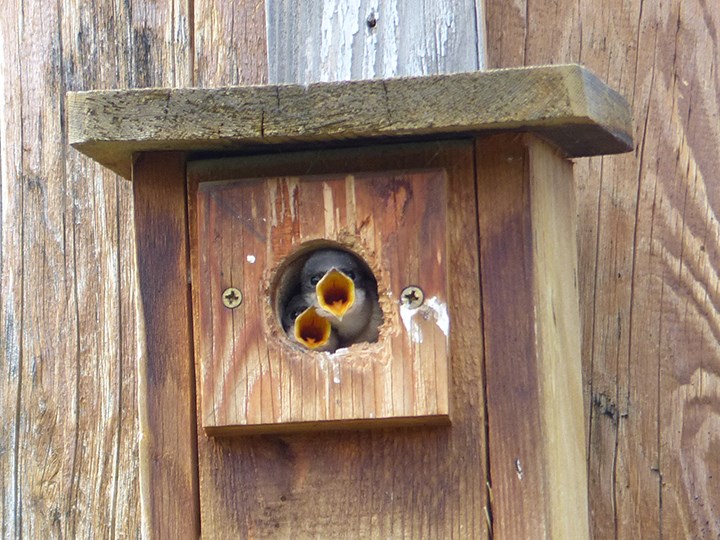It started in 2008 when I made an extension to my home workshop.
Somehow, building bird boxes brought together a trait I inherited from my maternal grandfather and a passion for bird watching.
With a couple of friends I started building boxes, using some ideas for size from a 1979 publication by BC Provincial Museum. We targeted local birds known to nest in man-made boxes. It turned out there was as much work involved in annual maintenance/clean-out of boxes, as in construction. I bought a branding iron, adopted the name Cascade for our bird box group and made sure all our boxes were labeled accordingly
Several years later I was on the verge of retirement and needed additional support. An enquiry one evening at a Delta Naturalists event led to several people coming forward to help me. We soon had a fabulous team of bird box carpenters, mapping and data listers, and photographers. One of us had a roomy workshop in Tsawwassen, and that is where we started working.
Our team continues to be busy with new orders. For parks and golf courses we deploy Tree Swallow boxes, used sometimes by other species (e.g. Black-capped Chickadees). They love brand new boxes. For farms in Delta, we build and deploy Barn Owl boxes, frequently on poles because of the dearth of barns.
In the Delta area, we are operating about 28 Tree Swallow boxes in Boundary Bay Regional Park, 54 boxes on Kings Links Golf Course, and 16 at Beach Grove Golf Course. The success rate is high - about 70 per cent of our boxes produce fledged young, at an average of four per box.



